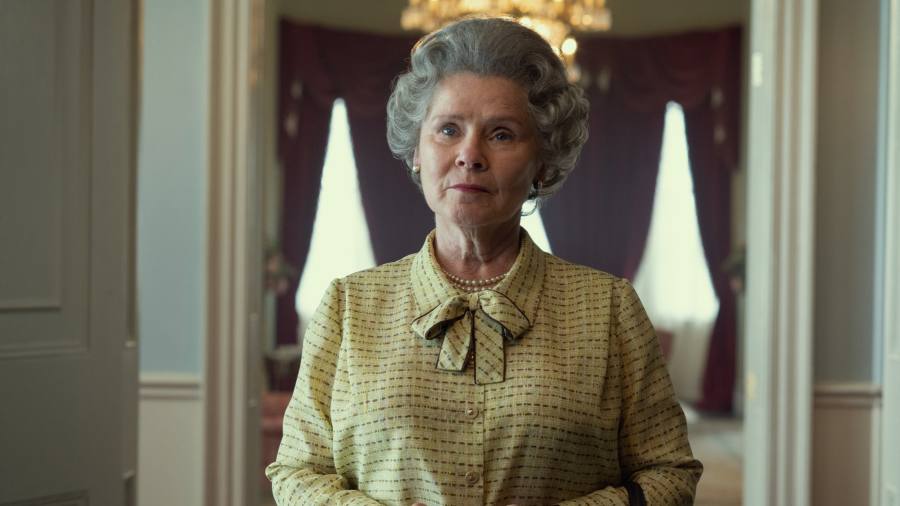
Netflix’s new advertisement-supported service will launch on Thursday without the full range of programmes found on its premium platform, as studios negotiate with the streaming service for higher revenues for the rights to their shows.
Consumers will be able to pay a lower fee of $6.99 a month for the service in exchange for watching ads, as Netflix attempts to entice more people to its platform amid growing competition.
The new service is rolling out in 12 markets this week, only seven months after Netflix shocked investors by reversing its longstanding opposition to launching an ad-supported tier. Rival services including Hulu, Peacock and Paramount Plus have ad-supported versions, and Disney Plus plans to roll out ads next month.
Selling ads is one way Netflix executives plan to generate new sources of revenue. Its subscriber base shrank for two consecutive quarters this year, leading to a halving of its market value.
In a presentation to reporters and investors, the company’s officials acknowledged that not all of its premium tier content will be available on the ad-supported plan. But they say shows that receive 85 to 90 per cent of the viewing time spent on the service will be available, including popular fare such as The Crown.
Some studios may want to see how well Netflix’s ad-based service works before agreeing on whether to place shows on the service, said a person with knowledge of the discussions.
“It could be weeks after they launch, when they know more about what’s working and what’s not” before some deals are signed, the person said.
Netflix does not own some of its most popular programmes such as Seinfeld, Gilmore Girls and NCIS, but licenses them from rival studios such as Sony, Warner Bros and Universal.
Some of these licences — which were drafted when Netflix’s management had been staunchly against advertising on the service — do not allow for the content to run on this new service. In some cases contracts explicitly prohibit programmes from being shown on an ad-supported tier if Netflix ever decided to launch one.
Studios have been negotiating with Netflix for months about licences for the service, said people familiar with the matter. Among them is Sony, which does not have a streaming service but has taken an “arms dealer” strategy of selling film and TV rights to the highest bidder.
“If you’re Sony, they’re going to take a pound of flesh out,” said an executive at an investment group that acquires media copyright royalties. “It’s like going to a hotel. This [room] has a view of the ocean as opposed to a view of the mountains. You’re going to have to pay more money.”
Netflix said the new ad-supported service, which will cost $6.99 a month, is not “a revenue sharing model” at the moment, but the industry expects it will shift that position soon.
For the studios and talent, the negotiations over the advertising-based streaming service represent a larger opportunity than just a cut of the ad revenue. They also hope to regain some of the performance-based pay, or “back end”, that they have lost in the streaming era.
Under the current system, talent behind Netflix hits such as Squid Game did not share the spoils of their success. “It’s not like Netflix is paying me a bonus. Netflix paid me according to the original contract”, Hwang Dong-hyuk, the creator of the show, said last year.
With its subscription-based model, Netflix has been able to provide far fewer data about how its shows perform than traditional TV networks do. But the company will begin working next year with Nielsen, the ratings service, to gather the detailed data that advertisers demand.
A big question is whether this will “lead to a performance-based back end for the creative talent”, said Stephen Saltzman, head of the international entertainment group at law firm Fieldfisher. “I believe that it will put more pressure on Netflix to come up with performance-based metrics and compensation for the creative community.”